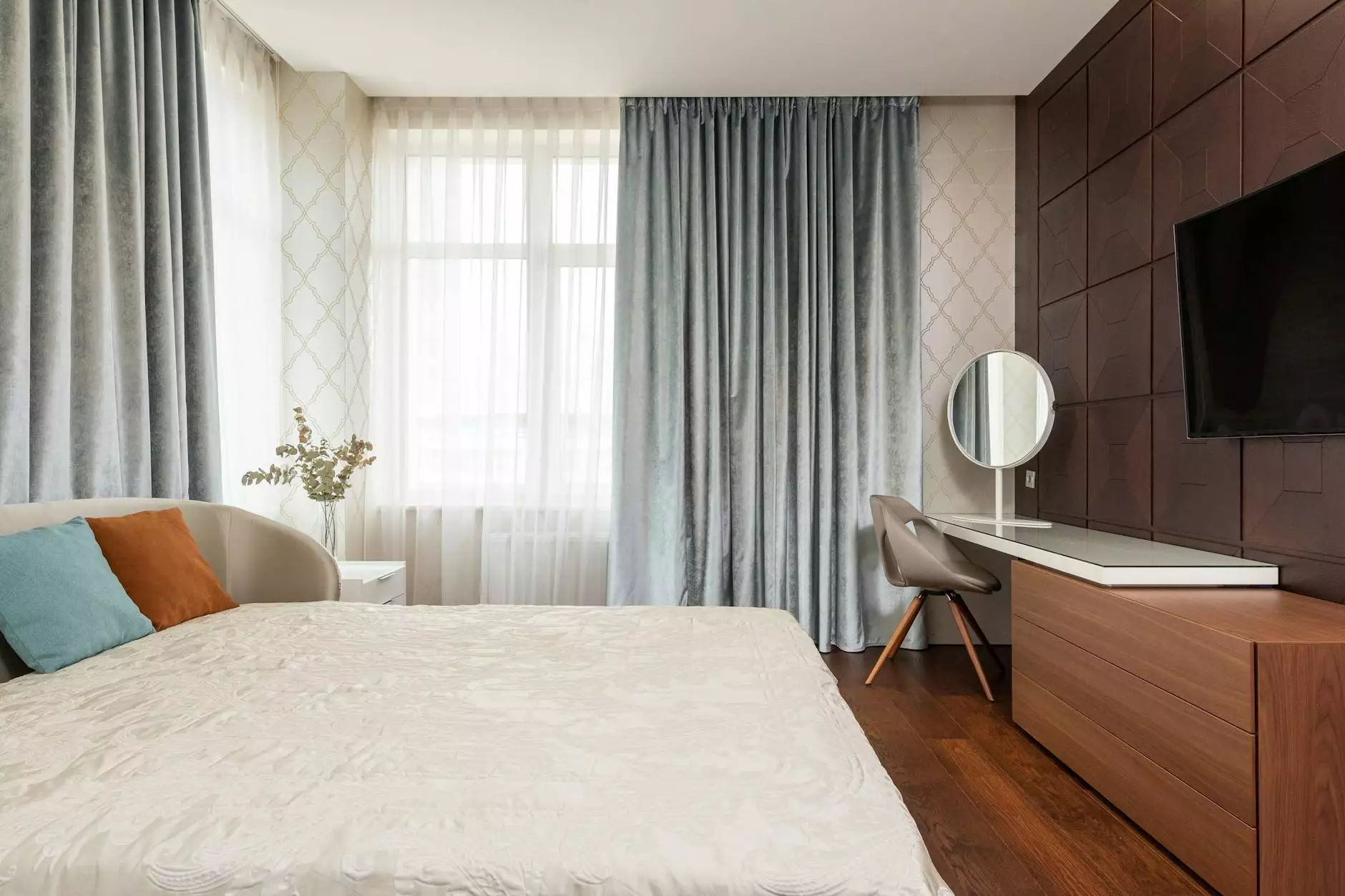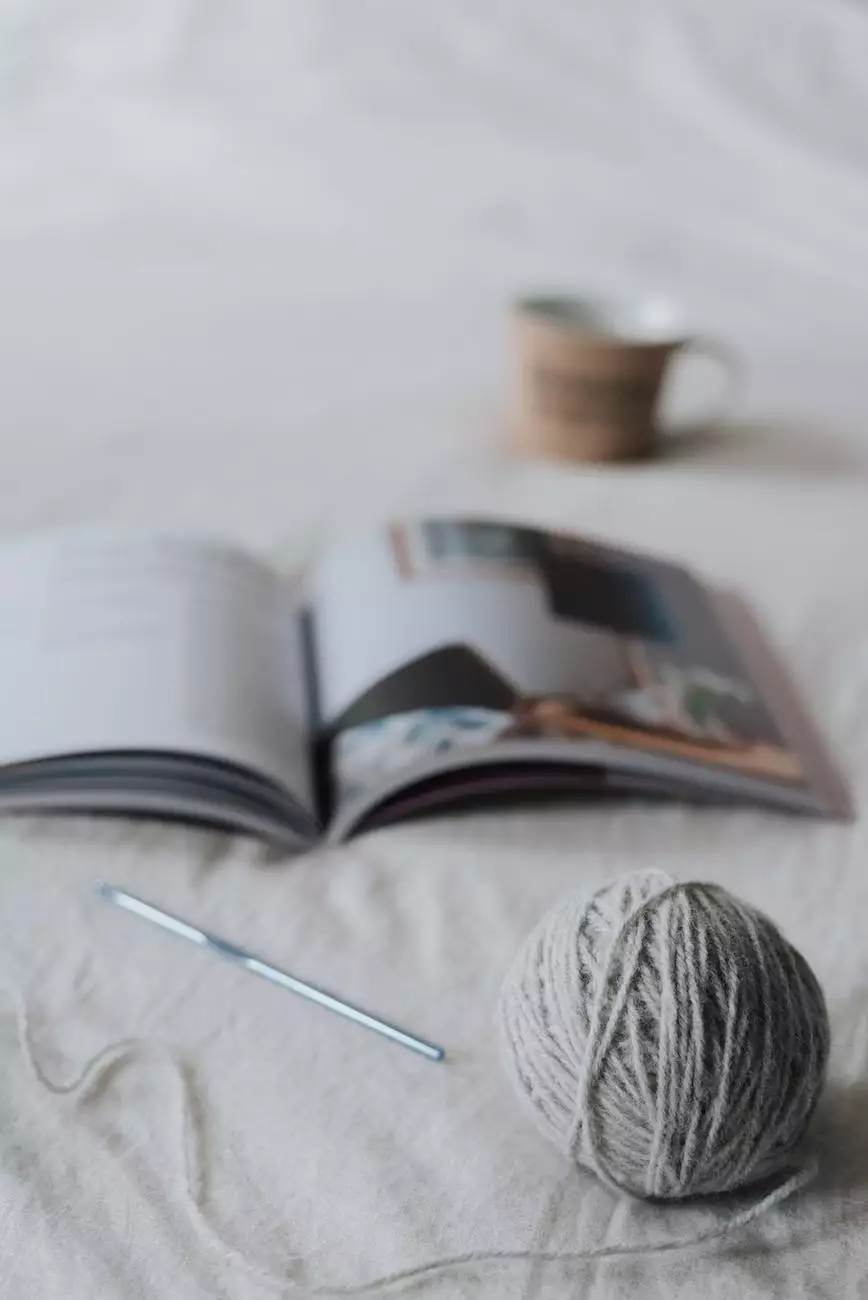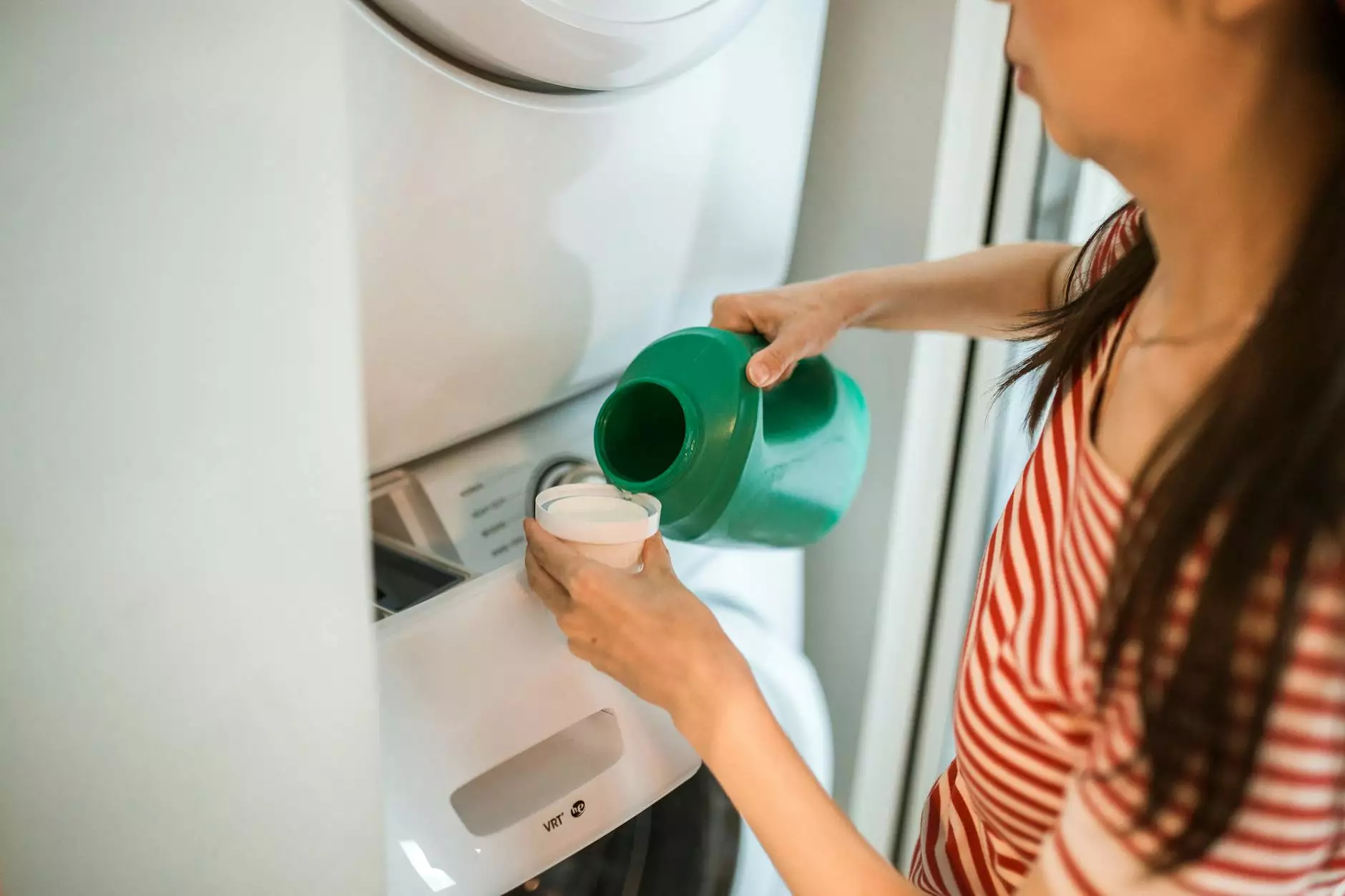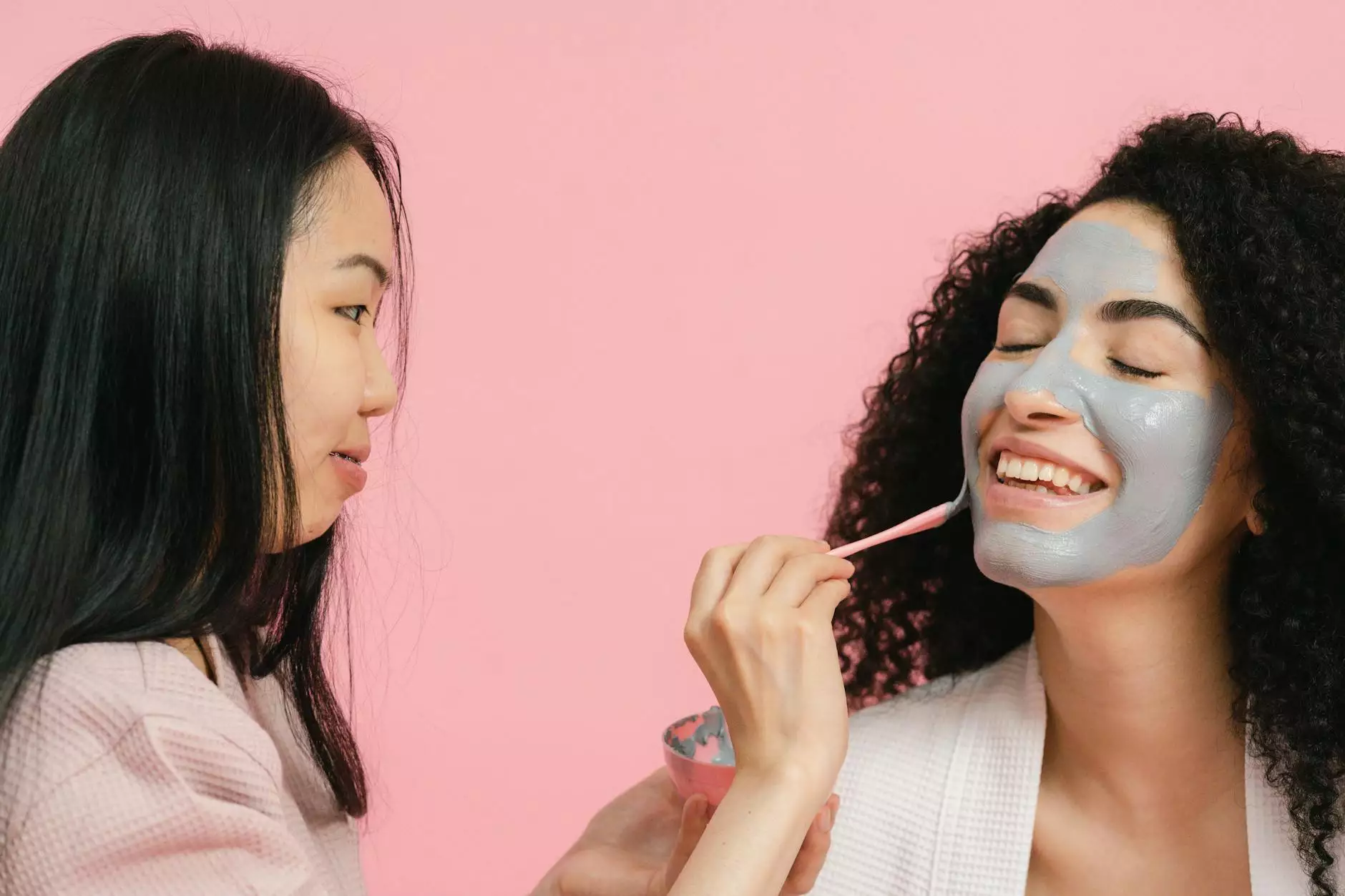How to Reduce Your Exposure to Allergens
Blog
Welcome to Southside Fixtures - your go-to resource for valuable information on reducing your exposure to allergens. As a leading provider of business and consumer services in the real estate industry, we understand the importance of creating a safe and healthy environment for all individuals. In this blog post, we will provide you with comprehensive guidelines and practical tips to help you minimize allergen exposure in your everyday life.
The Impact of Allergens on Health
Allergens, such as pollen, dust mites, pet dander, and mold, can trigger allergic reactions and cause discomfort to many individuals. Common symptoms include sneezing, nasal congestion, itchy eyes, and skin irritation. In severe cases, allergens can even lead to respiratory problems and asthma attacks. It is crucial to identify and manage potential allergen sources to maintain a healthy living space.
Identifying Allergen Sources
Knowing where allergens come from is the first step towards reducing exposure. Common sources include:
- Pollen: Pollen is predominantly released by plants during certain seasons. Keep an eye on local pollen forecasts and limit outdoor activities during high pollen count periods.
- Dust Mites: Dust mites thrive in warm and humid environments, typically found in bedding, carpets, and upholstery. Regularly wash bedding in hot water and consider using allergen-proof covers.
- Pet Dander: Pet dander consists of tiny particles shed by animals, including cats, dogs, and birds. Ensure proper grooming and cleanliness of pets, and establish pet-free zones within the home.
- Mold: Mold tends to grow in damp areas, such as bathrooms and basements. Maintain proper ventilation, fix leaky pipes, and promptly address any signs of mold growth.
Tips for Reducing Allergen Exposure
Now that we've identified common sources of allergens, let's explore actionable steps to minimize exposure:
1. Keep Your Living Spaces Clean
Aim to vacuum carpets and mop hard floors frequently to remove dust, pollen, and other allergens. Use high-efficiency particulate air (HEPA) filters in your vacuum cleaner to trap smaller particles effectively.
2. Control Humidity Levels
Maintain humidity levels below 50% to prevent dust mite and mold growth. Consider utilizing dehumidifiers in damp areas and using exhaust fans to circulate air effectively.
3. Regularly Wash Bedding and Upholstery
Wash your bedding, including pillows and mattress covers, at least once a week in hot water to eliminate dust mites. Additionally, use allergen-resistant covers for mattresses and pillows to provide an extra layer of protection against allergens.
4. Minimize Outdoor Allergen Exposure
During high pollen seasons, keep windows closed, and use air conditioning to filter outdoor air. Consider wearing sunglasses and a hat when spending time outdoors to reduce pollen contact with your hair and eyes.
5. Create Pet-Free Zones
If you have pets, designate specific areas in the house where they are not allowed to minimize the spread of allergens. Keep pets off furniture and regularly groom them to reduce shedding. It's also essential to wash your hands after handling pets.
6. Improve Indoor Air Quality
Consider using air purifiers with HEPA filters to remove allergens from the air. Regularly check and replace air filters in your heating, ventilation, and air conditioning (HVAC) systems to ensure optimal performance.
7. Regularly Maintain and Inspect Your Home
Inspect your home for any signs of leaks, water damage, or mold growth. Promptly address these issues by fixing leaks and removing mold to prevent further allergen exposure.
Conclusion
Reducing your exposure to allergens is crucial for maintaining a healthy living environment. By following the tips and guidelines provided by Southside Fixtures, you can take proactive steps towards minimizing allergen triggers and improving your overall well-being. Take charge of your health and start implementing these measures today!










